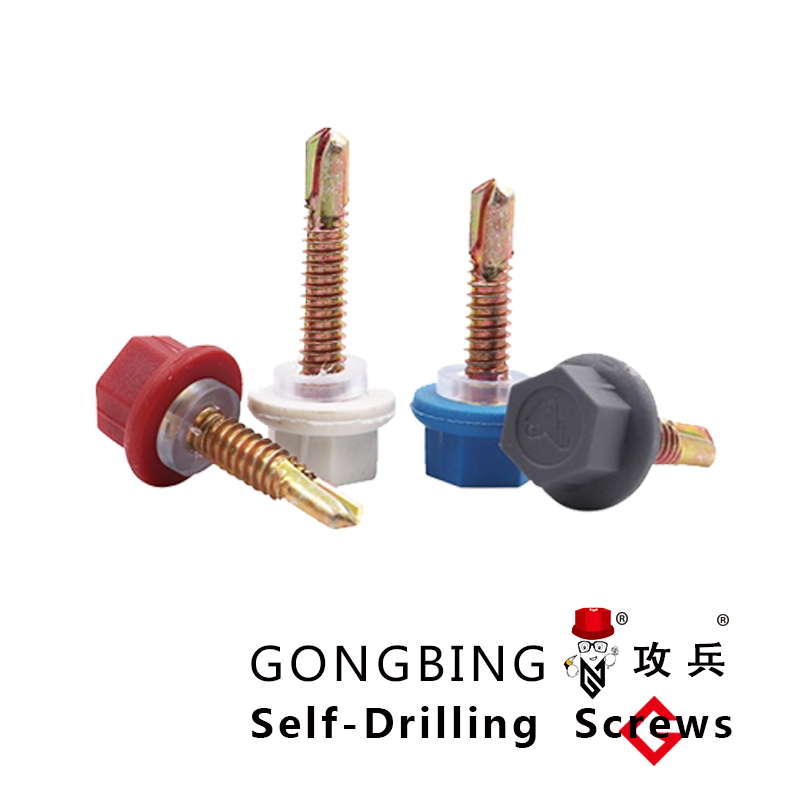Choosing the Right Drywall Screws for Your Home Improvement Projects and Renovations
Understanding Drywall Screws An Essential Tool for Your Home Improvement Projects
When it comes to home improvement and construction, selecting the right materials and tools is crucial for achieving a professional finish. Among these materials, drywall screws hold a pivotal place. Designed specifically for fastening drywall to wooden or metal studs, drywall screws are vital for ensuring the stability and durability of walls and ceilings in residential and commercial buildings. This article explores the characteristics, types, and best practices for using drywall screws effectively.
What are Drywall Screws?
Drywall screws are specialized screws that feature a sharp point to easily pierce through drywall and other materials, a coarse thread for gripping, and a durable composition to prevent snapping during installation. Their design ensures that they securely anchor drywall to studs, which is essential for creating a structurally sound frame. Compared to regular screws, drywall screws are much better suited for this specific application due to their unique thread pattern and tip design.
Types of Drywall Screws
There are two primary types of drywall screws fine-thread and coarse-thread screws.
1. Fine-Thread Screws These are typically used for attaching drywall to metal studs. Their smaller threads allow for a tighter grip in the metal, making them ideal for such applications. Fine-thread screws are less likely to strip in harder material and provide a secure hold without damaging the surrounding drywall.
2. Coarse-Thread Screws In contrast, coarse-thread screws are preferred for fastening drywall to wooden studs. The larger threads allow for better grip in the softer wood, providing a stronger hold that can support the weight of the drywall without the risk of stripping out the material.
Additionally, drywall screws come in various lengths to accommodate standard drywall thicknesses (typically 1/2 inch or 5/8 inch). The length of the screw you choose should be determined by the thickness of the drywall and the type of stud it will be attached to.
drywall screws 5

Best Practices for Using Drywall Screws
When installing drywall, following best practices for using drywall screws can save time, effort, and ensure a high-quality finish
1. Pre-Drilling If you are using coarse-thread screws on particularly hard wood, pre-drilling can prevent the wood from splitting and improve the screw’s grip.
2. Spacing For optimal holding strength, space screws about 12 inches apart along the edges of the drywall and every 16 inches in the field (the middle section). This spacing helps distribute the weight evenly and prevents sagging over time.
3. Driving Depth It’s important not to overdrive the screws. The screw should be flush with the surface of the drywall but not so deep that it tears the paper. Overdriving can lead to a weak connection and make it difficult to create a smooth finish later on.
4. Using a Screw Gun A screw gun or a drywall screwdriver is ideal for installing drywall screws, as it provides consistent torque and reduces the risk of overdriving. Many models come with depth adjustment features to help ensure the perfect embedding of the screw.
Conclusion
Drywall screws are an indispensable tool for anyone undertaking construction or renovation work. Understanding the different types, appropriate applications, and best practices will enhance your drywall installation process, leading to a durable and professional-looking result. Whether you’re a DIY enthusiast or a seasoned professional, mastering the use of drywall screws will ensure your projects stand the test of time. So, the next time you pick up your tools for a home improvement project, remember the crucial role that these small but mighty screws play in your success!
-
Weatherproof Plastic Expansion Anchors for OutdoorNewsJun.06,2025
-
Sustainability in the Supply Chain: Eco-Friendly TEK Screws ProductionNewsJun.06,2025
-
Load-Bearing Capacity of External Insulation FixingsNewsJun.06,2025
-
Double Head Bolts: Enhancing Efficiency in Industrial MachineryNewsJun.06,2025
-
Corrosion Resistance in Chipboard Screws: Coatings for Wholesale DurabilityNewsJun.06,2025
-
Butterfly Toggle Bolts : Enhancing Structural ResilienceNewsJun.06,2025
